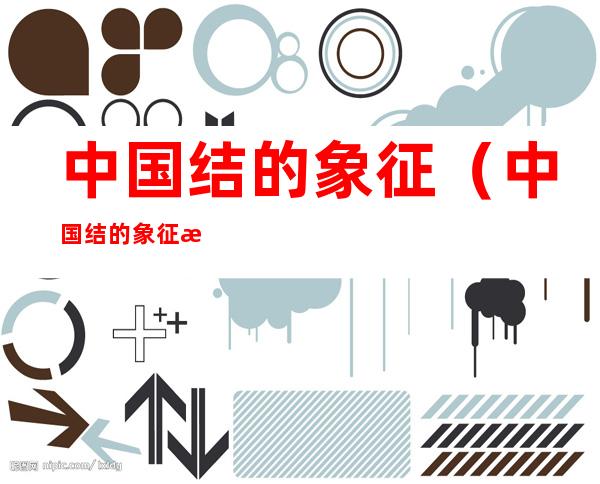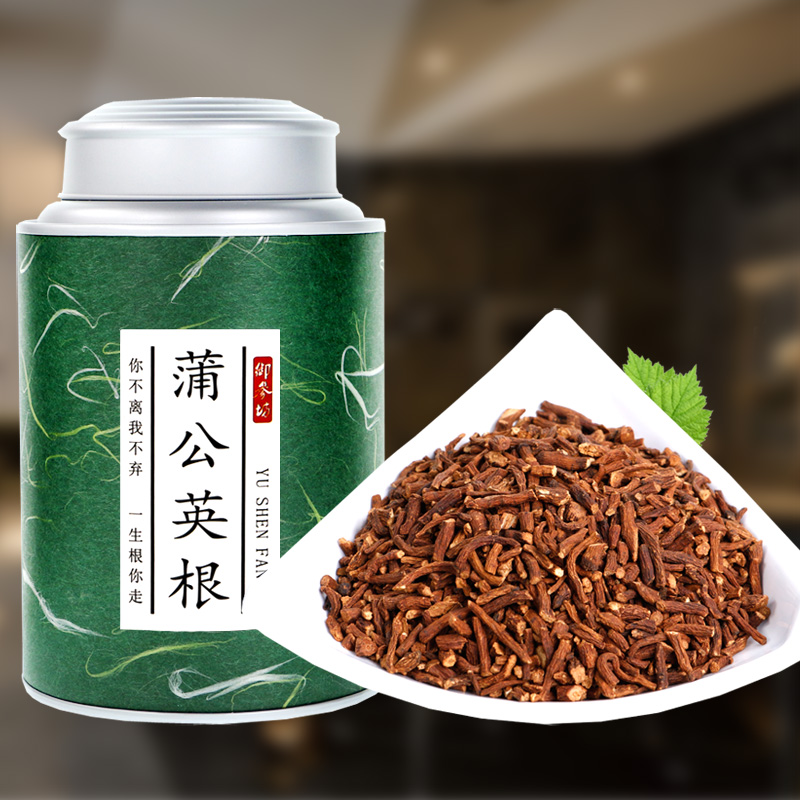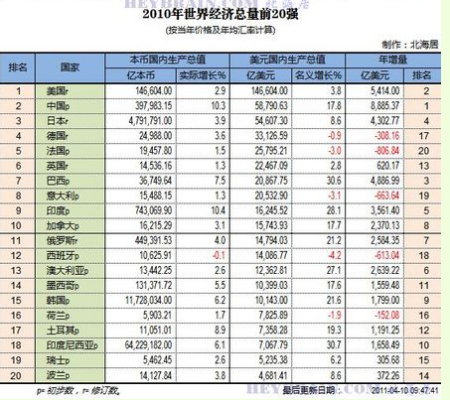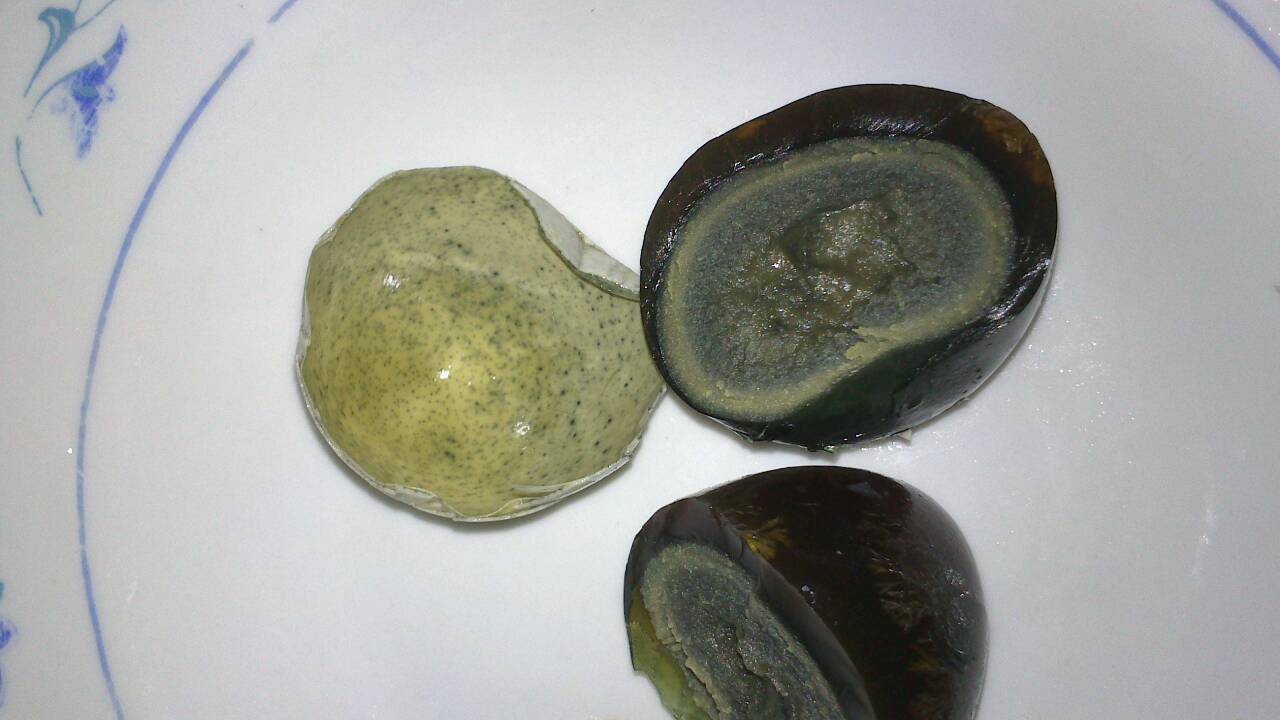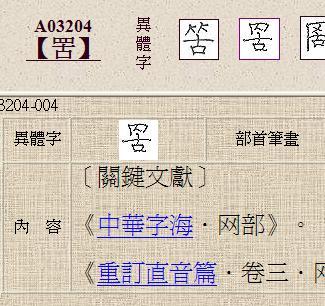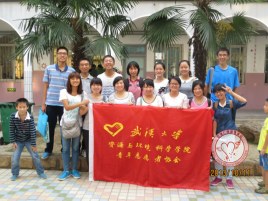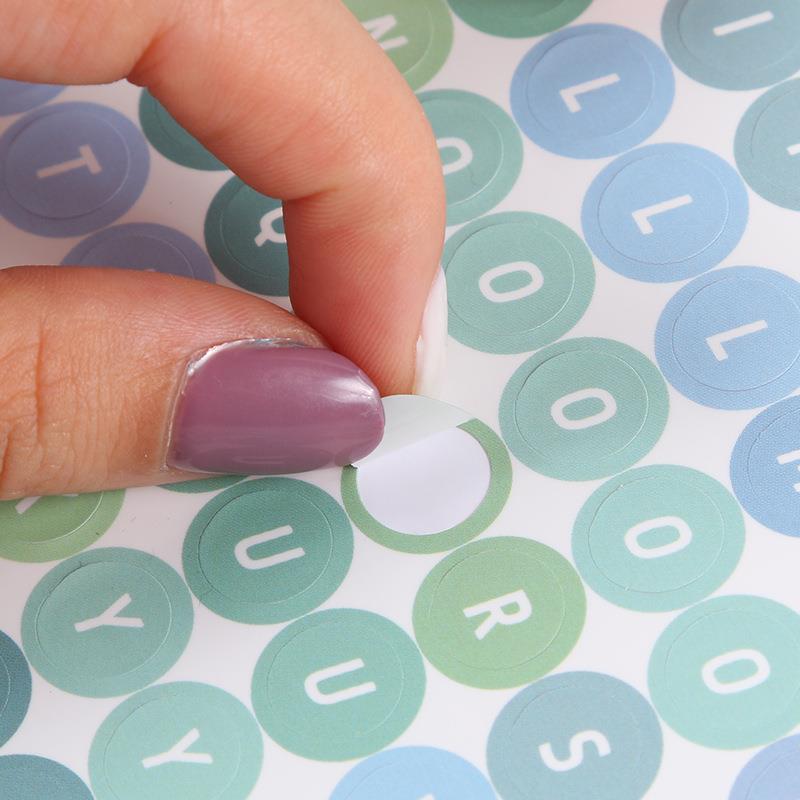一、“中国结”英语介绍
Chinese Knot or Chinese traditional decorating Knot is a kind of characteristic folk decorations of handicraft art. Appeared in ancient time, developed in Tang and Song Dynasty (960-1229A.D.)and popularized in Ming and Qing Dynasty (1368-1911A.D.) Chinese Knot has now become a kind of elegant and colorful arts and crafts from its original practical use.
The characteristic of Chinese Knot is that every knot is made of a single rope and named by its specific form and meaning. By combining different knots or other auspicious adornments(吉祥的装饰品) skillfully, an unique auspicious ornament which represents beauty, idea and wishes is formed. For example, "Full of joy". "Happiness & Longevity", "Double Happiness". "Luck and Auspiciousness as one wishes" and "Wish you a fair wind" are Chinese traditional pleasant phrases expressing warmest regards, best wishes and finest ideal.
To fit in with the needs of modern life, Chinese Knot has various products. The two main series are auspicious hanging and knitting clothing adornment. Auspicious hanging includes large tapestry, big room hanging, automobile hanging etc. Knitting clothing adornment includes ring, eardrop, hand chain, necklace and other woman's special adornments.
Today, people are fond of Chinese Knot for its characteristic form, colorfulness and profound meaning.
北京申奥标志是一幅中国传统手工艺品图案,即“同心结”或“中国结”,它采用的是奥林匹克五环标志的典型颜色。图案表现了一个人打太极拳的动感姿态,其简洁的动作线条蕴涵着优美、和谐及力量,寓意世界各国人民之间的团结、合作和交流。
The candidature logo features a stylized traditional Chinese handicraft pattern known as the "knot of one heart" or "Chinese folk knot', using the typical colors of the five Olympic rings. The design depicts a dynamic human figure in a stance that portrays someone doing "Taiji" or shadow boxing. The simple gesture lines symbolize the graceful, harmonious and dynamic movements that connote the unity of, cooperation among, exchange between and development for the peoples all over the world.
二、中国结有什么象征意义?
不同的中国结有着不同的寓意,人们根据它的各种形态与名称,赋予了各种不同的美好寓意,一般寓意取自于形状或者谐音。以下是各种中国结所对应的象征意义。
1、方胜结——一路平安
2、双蝶结——比翼双飞
3、如意结——万事称心,吉祥如意
4、团锦结——花团锦簇,前程似锦
5、祥云结——祥云绵绵
6、双喜结——双喜临门
7、桂花结——高贵清雅,富贵无疆
8、团圆结——团圆美满
9、双全结——儿女双全
10、双钱结——财源广进,财源亨通
11、双鱼结——吉庆有余
12、盘长结——相依相随,永无终止,长寿百岁
13、平安结——如意平安
14、同心结——恩爱情深,永结同心
15、双联结——双双成对
16、鲤鱼结——吉庆有余
17、繁翼磐结——磐石如山
18、蝴蝶结——福在眼前,富运迭至
19、藻井结——方正平整,井然有序
20、平安结——一生如意,岁岁平安
21、吉祥结——吉人天相,祥瑞美好
22、福字结——福气满堂,吉星高照
23、寿字节——人寿年丰,寿比南山
24、磐 结——吉庆祥瑞,普天同庆
25、戟 结——前程似锦,升官晋级
26、纽扣结——玲珑剔透,高雅华贵
27、花篮结——花样年华,如花似玉
28、法轮结——如论转行,弃恶扬善
中国结的寓意优雅,如在新婚帖钩上装饰盘长结,有着祝愿新人永远相随相依,永不分离的美好寓意;在佩玉上装饰如意结,有称心如意,万事如意之美意;在扇子上装饰吉祥结,代表着大吉大利,吉人天相,祥瑞美好的寓意;而在剑柄上装饰法轮结,则有弃恶扬善之意。
三、求助:客户问我“中国结”是什么含义,英语怎么说好
可以说:Chinese knot is a kind of conventional handicraft and symbolizes auspiciousness, longevity as well as solidarity.
意思是中国结是一种传统手工艺品,它象征着吉祥、长寿和团结。
四、中国结(英文介绍)
The Chinese knot was originally knotted by the sewing clothes of the paleolithic age.
(中国结原本是由旧石器时代的缝衣打结。)
After the extension to the han dynasty ceremony records, and then evolved into today's decorative crafts.
(后推展至汉朝的仪礼记事,再演变成今日的装饰手艺。)
People in the zhou dynasty wore jade, often decorated with Chinese knot.
(周朝人随身的佩戴玉常以中国结为装饰。)
And the bronze wares of the warring states period also have the pattern of Chinese knot.
(而战国时代的铜器上也有中国结的图案。)
It was not until the qing dynasty that the Chinese knot became a popular folk art.
(延续至清朝中国结才真正成为了盛传于民间的艺术。)
Contemporary use decorates the gift gift between indoor, relatives and friends and personal carry on decorations more.
(当代多用来装饰室内、亲友间的馈赠礼物及个人的随身饰物。)
Because of its symmetrical and delicate appearance, it can represent China's long history.
(因为其外观对称精致,可以代表中国悠久的历史。)
The custom that accords with Chinese traditional adornment and aesthetic idea, reason is named Chinese knot.
(符合中国传统装饰的习俗和审美观念,故命名为中国结。)
扩展资料
中国结种类:
1,双钱结
双钱结又称金钱结或双金线结,即是以两个古铜钱状相连而得名,象征"好事成双"。古时钱又称为泉,与"全"同间,可寓意为"双全"。
2,龙形结
本结可单独与其他结式相搭配,构成吉祥而美丽的图案,如双龙抢珠、苍龙教子等。或以龙形结当胸针、摆饰均可。
参考资料来源:百度百科-中国结
五、用英语解释"中国结"以及所代表的意义,50分相送
Chinese knot (Chinese: 中国结) is a decorative handicraft arts that began as a form of Chinese folk art in the Tang and Song Dynasty (960-1279 AD) in China. It was later popularized in the Ming and Qing Dynasty (1368-1911 AD). The art is also referred to as Chinese traditional decorative knots[1]. In other cultures, it is known as "Decorative knots".
History
Archaeological studies indicate that the art of tying knots dates back to prehistoric times. Recent discoveries include 100,000-year old bone needles used for sewing and bodkins, which were used to untie knots. However, due to the delicate nature of the medium, few examples of prehistoric Chinese knotting exist today. Some of the earliest evidence of knotting have been preserved on bronze vessels of the Warring States period (481-221 BCE), Buddhist carvings of the Northern Dynasties period (317-581) and on silk paintings during the Western Han period (206 BCE-CE6).
Further references to knotting have also been found in literature, poetry and the private letters of some of the most infamous rulers of China. In the 1700s, one of the book to talk extensively about the art was the book Dream of the Red Chamber[2].
The phenomenon of knot tying continued to steadily evolve over the course of thousands of years with the development of more sophisticated techniques and increasingly intricate woven patterns. During the Qing Dynasty (1644-1911) knotting finally broke from its pure folklore status, becoming an acceptable art form in Chinese society and reached the pinnacle of its success. Knotting continued to flourish up until about the end of imperial China and the founding of the Republic of China in 1911 AD when China began its modernization period[1]. From 1912 to the end of the cultural revolution in 1976, the art of Chinese knotting was almost lost[1].
In the late 1970s a resurgence of interest occurred in Taiwan, largely due to the efforts of Lydia Chen (Chen Hsia-Sheng) of the National Palace Museum who founded the Chinese Knotting Promotion Center. In the 1980s, Mrs. Chen focused her energies on the knotting artifacts preserved during the Qing Dynasty. Currently, Chinese knotting enjoys wide popularity in Taiwan with numerous specialty shops to be found.
Types of knots
Cloverleaf Knot 4 Flower Knot, Dragonfly Knot, Ginger Knot (Korean)
Round Brocade Knot 6 Flower Knot
Chinese Button Knot Knife Lanyard Knot, Bosun Whistle Knot
Double Connection Knot Matthew Walker Knot
Double Coin Knot Carrick Bend, Josephine Knot
Sauvastika Knot Agemaki (Japanese)
Cross Knot
Square Knot
Plafond Knot Spectacle/Glasses Knot (Korean), Caisson Ceiling Knot
Pan Chang Knot Coil Knot, Temple Knot, Chrysanthemum Knot (Korean), 2x2 Mystic Knot
Good Luck Knot

